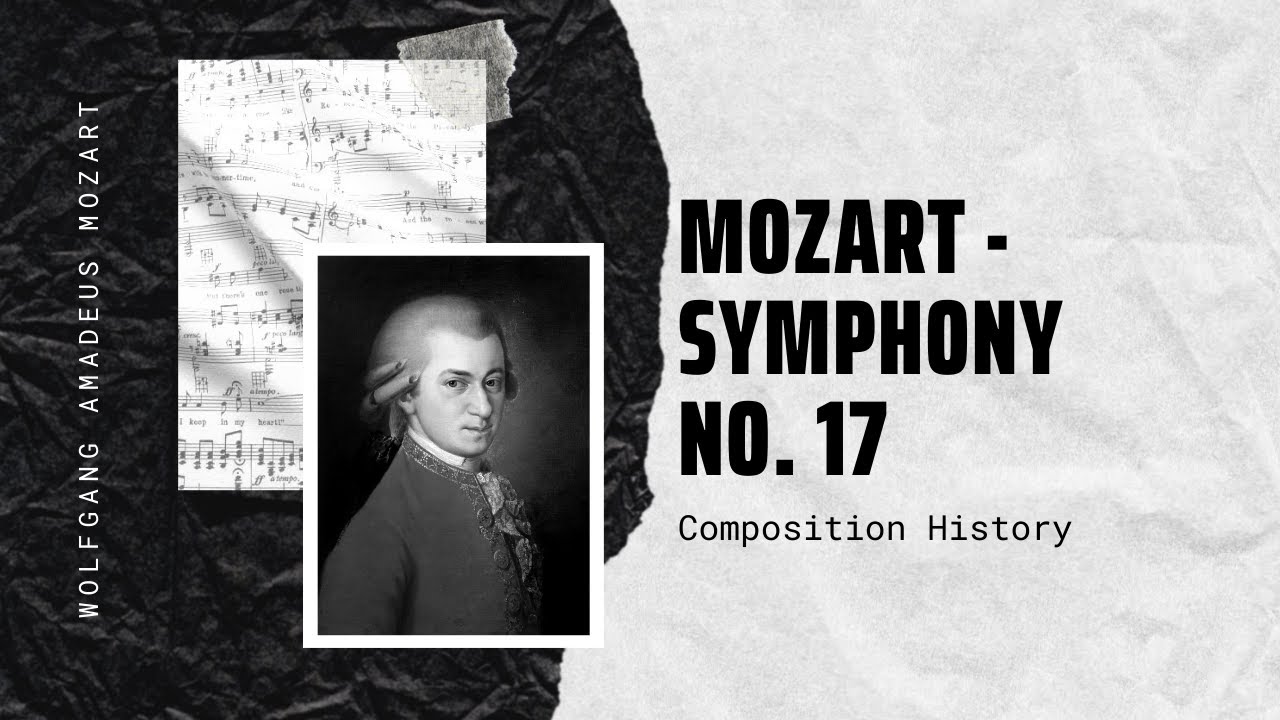
Leroy Anderson – The Syncopated Clock
Leroy Anderson (/ləˈrɔɪ/ lə-ROY); (June 29, 1908 – May 18, 1975) was an American composer of short, light concert pieces, of which many were introduced[…]

Bach – Awake calls the voice to us BWV 140
Wachet auf, ruft uns die Stimme (‘Awake, calls the voice to us’), BWV 140, also known as Sleepers Wake, is a church cantata by Johann[…]

Leroy Anderson – Sleigh Ride
Leroy Anderson (June 29, 1908 – May 18, 1975) was an American composer of short, light concert pieces, of which many were introduced by the[…]

Mozart – Violin Sonata No. 18 K 301
Violin Sonata No. 18 in G Major (K 301/293a) was composed by Wolfgang Amadeus Mozart in March 1778 in Mannheim, Germany and was first published[…]

Leroy Anderson – Forgotten Dreams
Leroy Anderson (June 29, 1908 – May 18, 1975) was an American composer of short, light concert pieces, of which many were introduced by the[…]

Mozart – Symphony No. 17 in G K 129
Symphony No. 17 in G major, K. 129, is the second of three symphonies completed by Wolfgang Amadeus Mozart in May 1772, when he was[…]
Frank Pelleg – Concerto No. 13 in F major
Frank Pelleg Concerto No. 13 in F major For more: http://www.melhoresmusicasclassicas.blogspot.com

Mozart – Fantasia in Dm K 397
Fantasia No. 3 in D minor, K. 397/385g (Fantasy in English, Fantasie in German) is a piece of music for solo piano composed by Wolfgang[…]

Chopin – Ecossaises Op. 72 No. 3
Frédéric François Chopin (1 March 1810 – 17 October 1849) was a Polish composer and virtuoso pianist of the Romantic era who wrote primarily for[…]

Tchaikovsky – Solonnelle Op. 49 – Overture
Pyotr Ilyich Tchaikovsky ( 7 May [O.S. 25 April] 1840 – 6 November [O.S. 25 October] 1893) was a Russian composer of the Romantic[…]